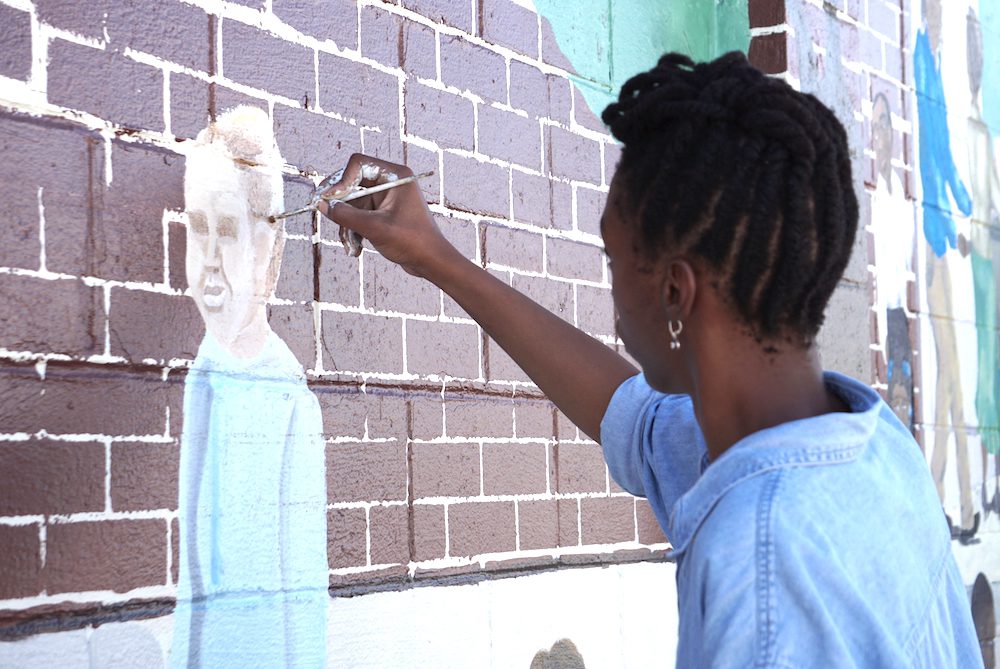Rehabilitating old buildings in New Jersey used to be uncertain business. Depending on how much you spent compared to the building’s value, you had to meet the standards for new buildings in either the part you were working on or the whole building. Much of the variation was up to the whim of local officials.
Meeting new codes on old buildings is no small task, and in some cases is impossible. New construction codes specify such things as the basic type of construction and minimum dimensions of corridors, doors, and staircases. And “if you have a 40-inch corridor, you can’t just make it 42 inches,” points out Bill Connolly, director of the Division of Codes and Standards in NJ’s Department of Community Affairs (DCA).
As a result, some rehab work did destroy historic architecture to meet the new codes. Some took longer or cost more than it should have. Most often, however, it just didn’t happen. New Jersey, with some of the oldest housing stock in the nation, is in desperate need of rehab work, especially in its cities.
DCA responded with the new Rehab Subcode, which went into effect in 1998. Based on the type of work needed, rather than the appraisal, the code gives consistent guidelines for every aspect of rehab work. It took two years and a 30-member committee to create.
Fundamentally a safety code, its methods are distinct from new building codes. “An existing building is very different from a new building. So we think about it totally differently,” says Connolly. For example, rather than setting a minimum width for doorways, the rehab subcode sets a safety ratio between width and occupancy. Most existing low-usage buildings, such as housing, already meet these standards. If a rehab project, say a restaurant, doesn’t meet the safety ratio, the developer can add the width or limit the occupancy. Likewise, a building made from less fire-resistant material can have a sprinkler or alarm system installed rather than being razed and rebuilt.
Basically, says Charles C. Euchner of the Center for Urban and Regional Policy at Northeastern University, quoted in Governing magazine, “the subcode applies common-sense standards rather than rigid bureaucratic regulation.”
It’s a rare piece of government policy that has no critics, but there seems to be none to be found for the Rehab Subcode. The only possible problem – that it might decrease safety – was largely answered by having representation from the fire service involved every step of the way. “It’s an equivalent or better level of safety regulation,” says Connolly. In fact, he says, to the extent that it allows rehab to move forward on unsafe buildings that otherwise would be left as is, it represents a great step forward in safety.
Dozens of cities and states have contacted NJ to find out how they can replicate the subcode. Wilmington, Delaware is already putting its version into practice. NJ’s code won a 1999 Innovations in American Government Award sponsored by the Ford Foundation and the Harvard Kennedy School of Government, and the New Jersey Historic Sites Council gave its Historic Preservation Award to DCA Commissioner Jane Kenny in 1998 for her work on it. NJ’s Affordable Housing Network, a coalition of nonprofit developers, supported and encouraged the changes, while the NJ Apartment Association called it an “example of good government.” The subcode even won an honorable mention from a free-market think tank, the Pioneer Institute, which claimed the new set of government regulations as a victory for the shrinking government movement.
New Jersey’s bold foray into common sense seems to have worked. According to Business News New Jersey, the subcode’s first year in effect saw a rise of 60 percent in rehab spending in NJ’s five biggest cities, compared with a 1.6 percent rise the year before. DCA attributes this to both the frequent, and often large (10-25 percent) savings, and the confidence to predict costs that the code inspires in developers. It also makes renovations more accessible to lower-income homeowners.
With the Rehab Subcode, NJ’s DCA has proven it’s not big or small government that’s important. It’s good government.
Contact: Bill Connolly, director, Division of Codes and Standards, New Jersey Department of Community Affairs, 101 S. Broad St., P.O. Box 802 Trenton, NJ 08625 Phone: (609) 292-7899; Fax: (609) 633-6729




Comments